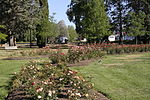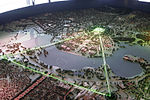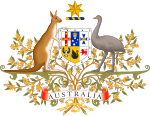Australian Whale Sanctuary

The Australian Whale Sanctuary was established in 1999 to protect dolphins and whales from hunting in waters within the Australian government's jurisdiction.The sanctuary includes the whole of the Australian Exclusive Economic Zone (EEZ), which is the area 200 nautical miles (370 km) surrounding the continent of Australia and its external dependencies such as Christmas Island (in the Indian Ocean), Cocos (Keeling) Island, Norfolk Island, Macquarie Island and Heard Island and McDonald Islands, and including the EEZ adjoining the coastline of the Australian Antarctic Territory which is only recognised by the United Kingdom, New Zealand, France and Norway.The sanctuary is the scene of an ongoing controversy between Australia and Japan over whaling. In 2008 the Federal Court of Australia ruled it was illegal under Australian law for the Japanese whaling fleet to kill whales in the Sanctuary. In 2015 Kyodo Senpaku Kaisha Ltd was found guilty of wilful contempt of court and fined A$1,000,000.
Excerpt from the Wikipedia article Australian Whale Sanctuary (License: CC BY-SA 3.0, Authors, Images).Australian Whale Sanctuary
Canberra Parkes
Geographical coordinates (GPS) Address Nearby Places Show on map
Geographical coordinates (GPS)
| Latitude | Longitude |
|---|---|
| N -35.302086111111 ° | E 149.13436111111 ° |
Address
2600 Canberra, Parkes
Australia
Open on Google Maps










